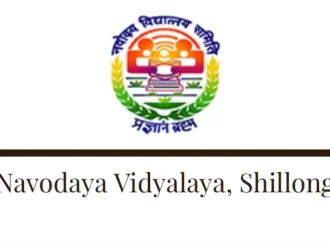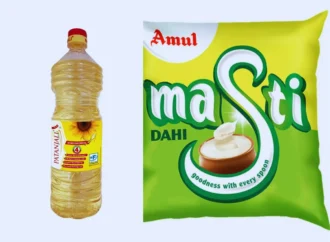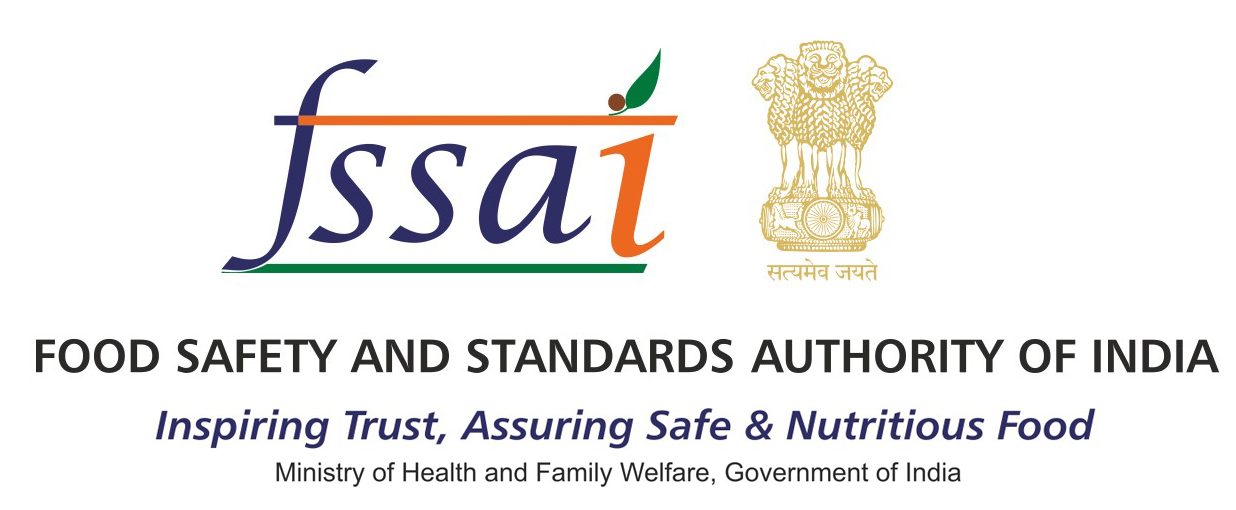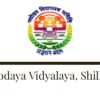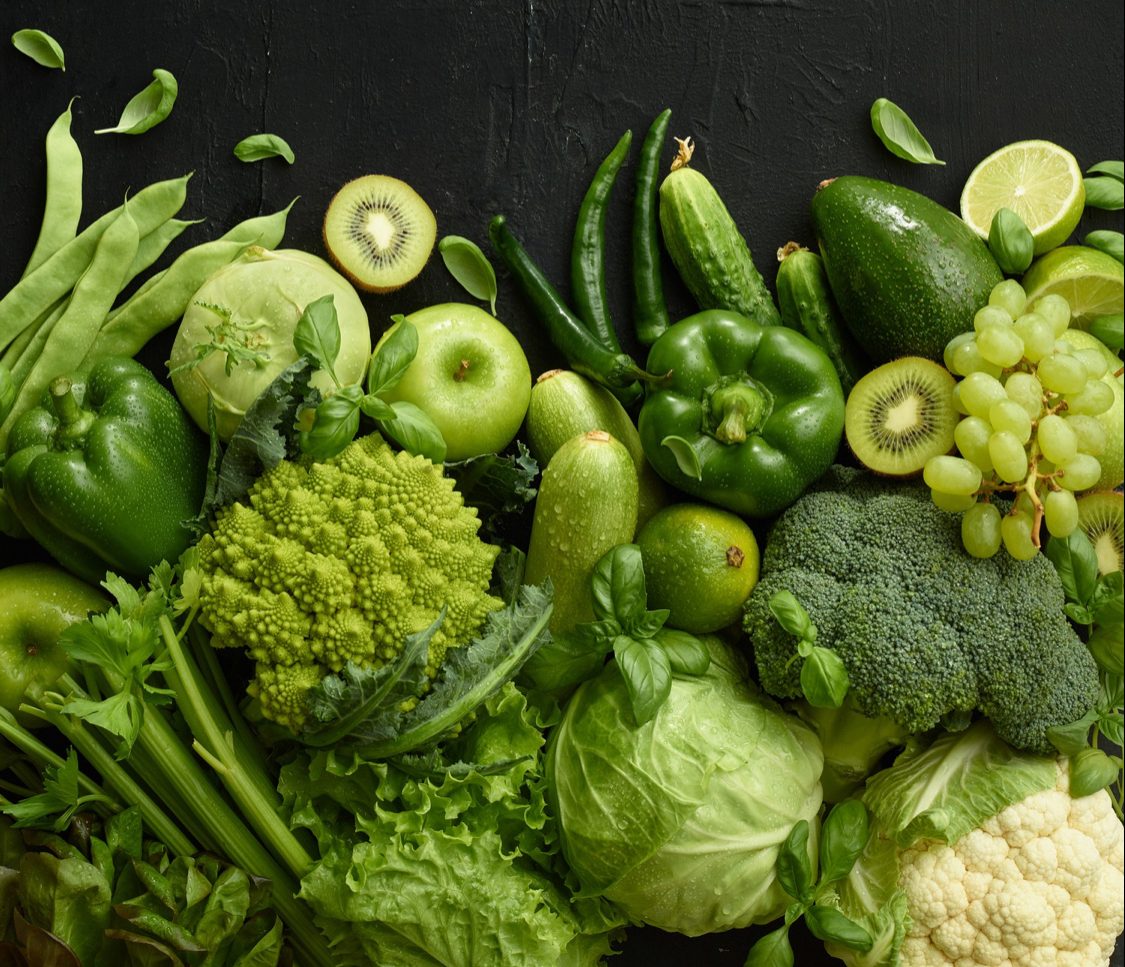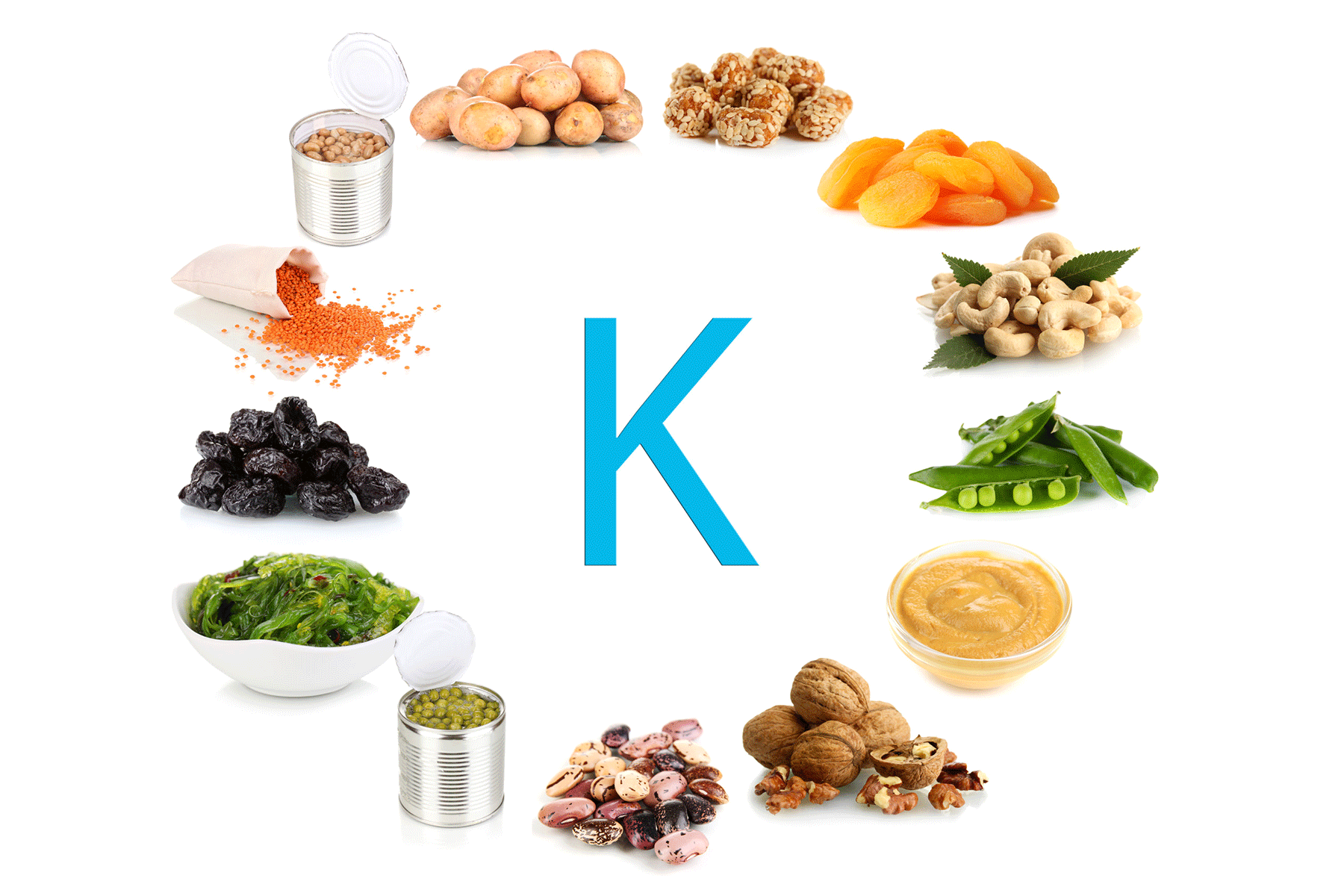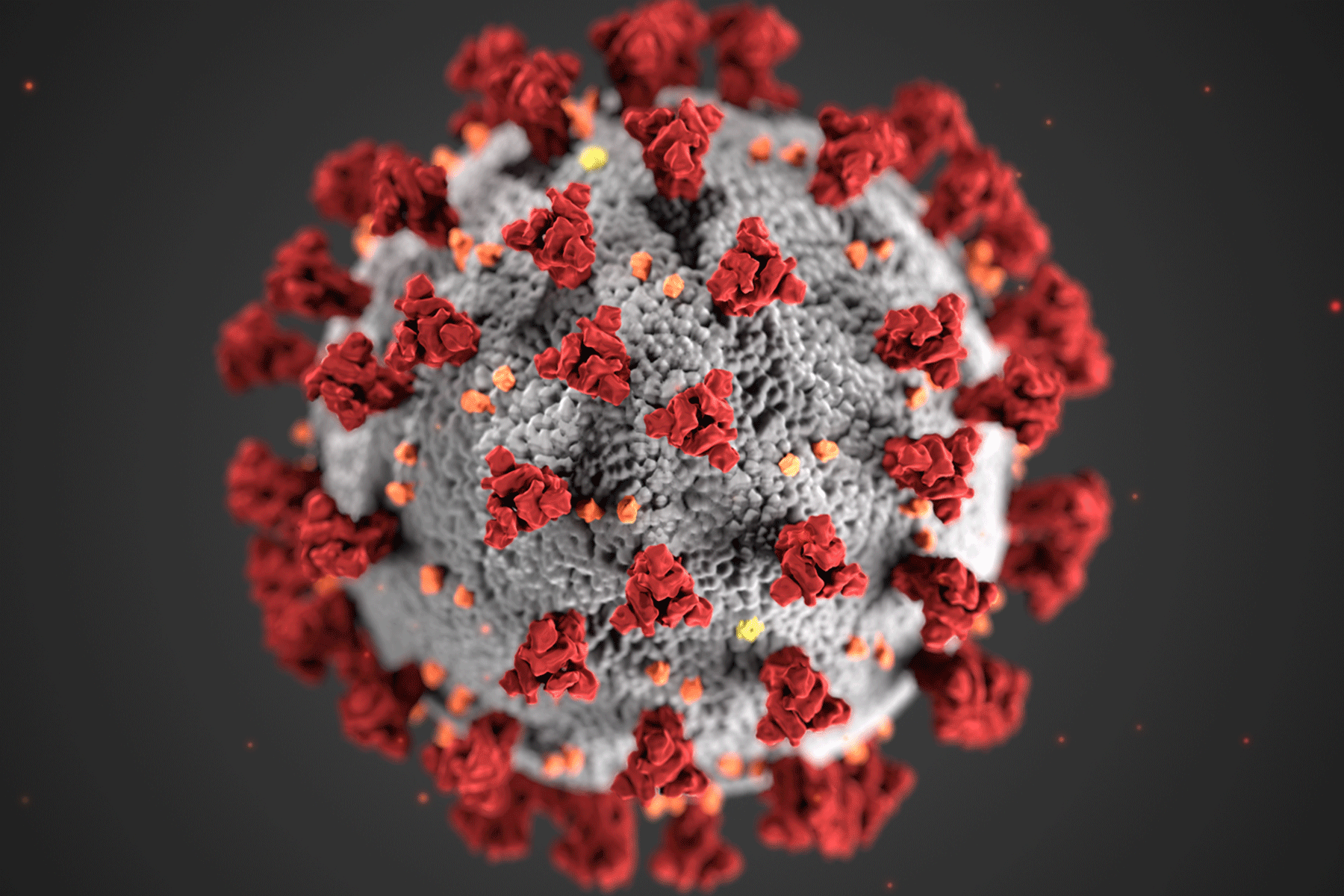Key Update
India could soon have the highest number of overweight and obese children in the world if urgent action is not taken, warns UNICEF. The organisation projects that by 2030, more than 27 million Indian children aged 5–19 may be living with obesity—11% of the global total. UNICEF’s Chief of Nutrition in India, Marie-Claude Desilets, has stressed the need for immediate interventions. One of the most pressing steps is the mandatory implementation of front-of-pack nutritional labelling (FOPNL) to help consumers identify foods high in sugar, salt, and fat.
A Critical Window of Opportunity
India still has relatively low obesity rates compared to global levels, giving it a narrow window to act. With the world’s largest child population, even a small increase in obesity can have massive global implications. UNICEF believes India can lead by example and urges the government to adopt a comprehensive strategy targeting the root causes of poor diets among children.
Key Recommendations
To curb the rise in obesity, UNICEF recommends:
- Mandatory front-of-pack warning labels on packaged foods
- Health taxes on sugary and ultra-processed products
- Restrictions on junk food marketing, especially during children’s TV hours
- Bans on unhealthy food sponsorships at events
- Nutrition education in schools and youth programs
- Incentives for farmers producing healthier food options
Stronger Labelling and Regulation Needed
The Supreme Court of India has instructed the Food Safety and Standards Authority of India (FSSAI) to finalise regulations for mandatory front-of-pack nutritional labelling (FOPNL). This regulation will help consumers quickly identify products high in sugar, salt, and fat.
Public health experts and civil society groups, including the Nutrition Advocacy in Public Interest (NAPi), urge FSSAI to base the system on scientific evidence and public health priorities rather than commercial pressures. As unhealthy food becomes increasingly accessible, transparent labelling plays a critical role in empowering consumers to make healthier choices and reducing poor dietary habits.
Addressing the Triple Burden of Malnutrition
India now faces a triple burden of malnutrition: undernutrition, micronutrient deficiencies, and rising obesity—especially among children. Changing lifestyles, urban diets, and processed foods are driving this shift. While the government has launched commendable initiatives like the Fit India Movement, Eat Right India, and POSHAN Abhiyan 2.0, these efforts need to be scaled up and reinforced through stronger regulation and sustained awareness. Schools are beginning to adopt wellness programs, and national campaigns on reducing sugar and oil consumption are underway.
However, UNICEF warns that without swift, coordinated action, India risks a rapid escalation in childhood obesity—a crisis that is still preventable if addressed now.
Source: The New Indian Express
 Food Manifest
Food Manifest 
